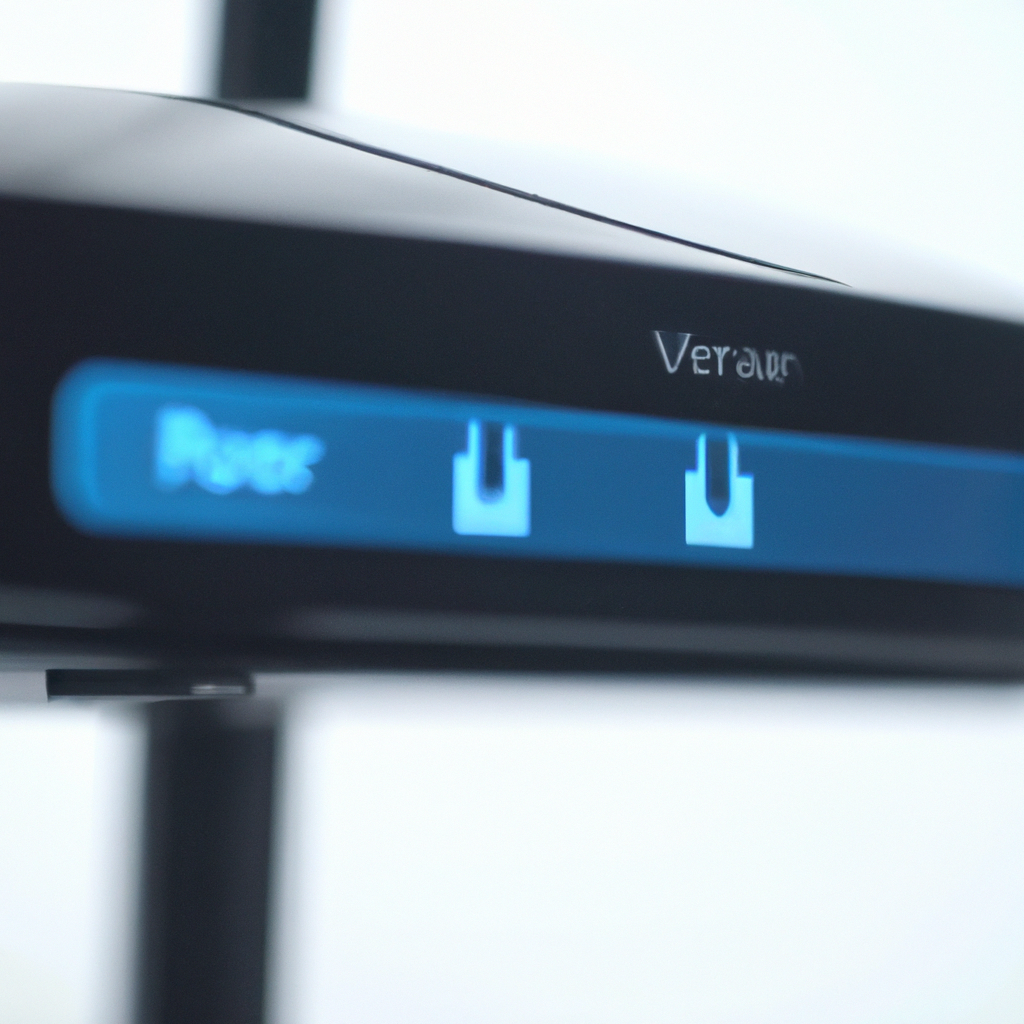Wi-Fi technology has been a game-changer in the world of connectivity, allowing us to access the internet and connect with other devices wirelessly. A router is an essential tool in connecting our devices to the internet, and it plays an important role in distributing Wi-Fi signals. In this article, we will delve into the workings of a router and how it distributes Wi-Fi signals to create a network of internet connectivity.
How Does a Router Work?
A router is a device that creates a network by connecting multiple devices together. It connects to the internet through a modem, which is usually provided by your internet service provider (ISP). The router’s primary function is to distribute the internet connection to all the devices that are connected to it. It does this by creating a local network that allows devices to communicate with each other and share resources such as printers and files.
The router is responsible for routing data packets between the devices on the network and the internet. It does this by assigning a unique IP address to each device on the network. The IP address is used to identify each device, and it allows the router to direct data packets to the correct destination.
How Does a Router Distribute Wi-Fi Signals?
A router distributes Wi-Fi signals by using radio waves to transmit data wirelessly. The router sends out a signal that devices can pick up and use to connect to the internet. The Wi-Fi signal is broadcasted using an antenna, which is built into the router.
When a device connects to the Wi-Fi network, it sends a request to the router for an IP address. The router assigns the device an IP address and adds it to the list of devices on the network. The device can now communicate with other devices on the network and access the internet.
The router can support multiple Wi-Fi devices simultaneously. This means that several devices can connect to the router and access the internet at the same time. The router distributes the Wi-Fi signal evenly to all the devices connected to it, ensuring that each device has a stable and fast internet connection.
How Does a Router Manage Wi-Fi Signals?
A router manages Wi-Fi signals by using different frequencies and channels. Wi-Fi signals use radio waves to transmit data, and these waves can be disrupted by interference from other devices or networks. To avoid interference, routers use different frequencies and channels to transmit Wi-Fi signals.
Most routers use the 2.4GHz and 5GHz frequencies to transmit Wi-Fi signals. The 2.4GHz frequency is slower but can transmit signals over a longer distance. The 5GHz frequency is faster but has a shorter range. Routers can switch between these frequencies depending on the bandwidth requirements of the devices connected to the network.
Routers also use different channels to transmit Wi-Fi signals. Each channel has a different frequency, and routers can switch between channels to avoid interference from other networks or devices. This ensures that the Wi-Fi signal remains stable and fast, even in areas with high network congestion.
Conclusion
In conclusion, a router is an essential tool in creating a network of internet connectivity. It distributes Wi-Fi signals by using radio waves to transmit data wirelessly. The router manages Wi-Fi signals by using different frequencies and channels to avoid interference from other networks or devices. By understanding how a router works, you can make informed decisions when choosing a router for your home or office, ensuring that you have a stable and fast internet connection for all your devices.







